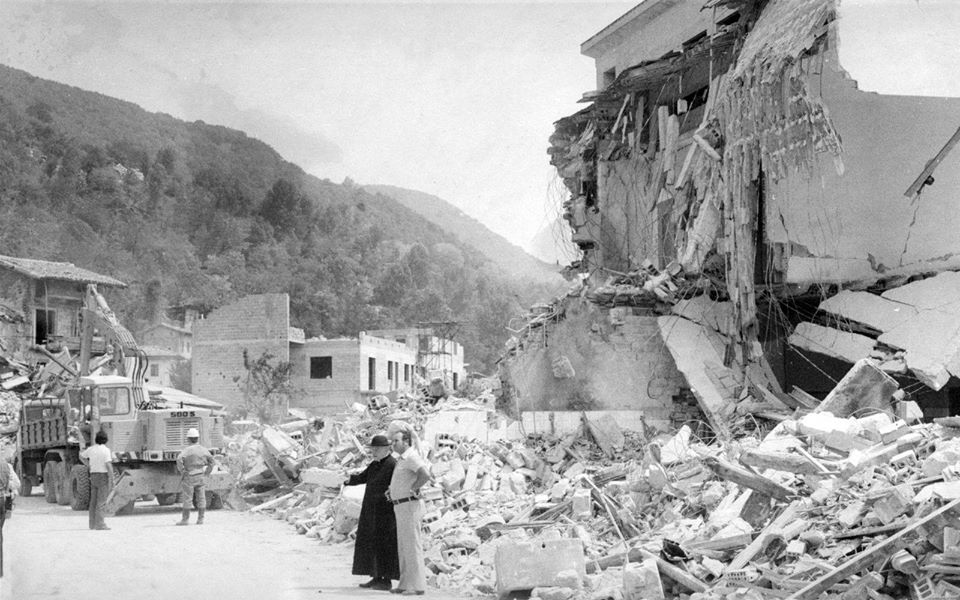by InTrieste
Today, May 6th, marks the 45th Anniversary of a magnitude 6.4 earthquake that occurred in the Friuli, about 100 km from Trieste.
Friuli, part of Friuli Venezia Giulia region, rolls down the lower slopes and foothills of the eastern European Alps into the flat flood plain of the River Tagliamento. The historical capital of the region, Udine, lies to the south in the fertile Friuli plain.

On 6 May, 1976, just before 9:00 pm, the ground began to shake. The shaking lasted less than 30 seconds, but was strong enough to cut power in Udine, about 25 kilometers south of the tremor’s epicenter. This, as it quickly developed, was just a foreshock, having a magnitude of 4.5. There was a short pause, and then the mainshock struck—with a release of energy two orders of magnitude greater. This time the shaking lasted much longer. Instruments indicated a magnitude of 6.4.

The earthquake was felt strongly across most of northern Italy and as far south as the outskirts of Rome. It was also felt in several other countries: then-Yugoslavia, Austria, Czechoslovakia, Germany and Belgium. But the epicenter was just south of the the town of Gemona. It was a shallow event, estimated to have ruptured less than 20 kilometers below the surface. This is the most destructive kind of earthquake, as the energy it releases is closest to the human environment. Most of Gemona was destroyed. So were the nearby towns of Buia, Colloredo, Forgaria, Maiano, Osoppo, Trasaghis and Venzone.
The Friuli earthquake encouraged the development of modern building codes in Italy and initiated changes in Italian efforts to identify distinct seismic zones throughout the country.

The Friuli earthquake is certainly a defining event in Italy’s long seismic history.
































